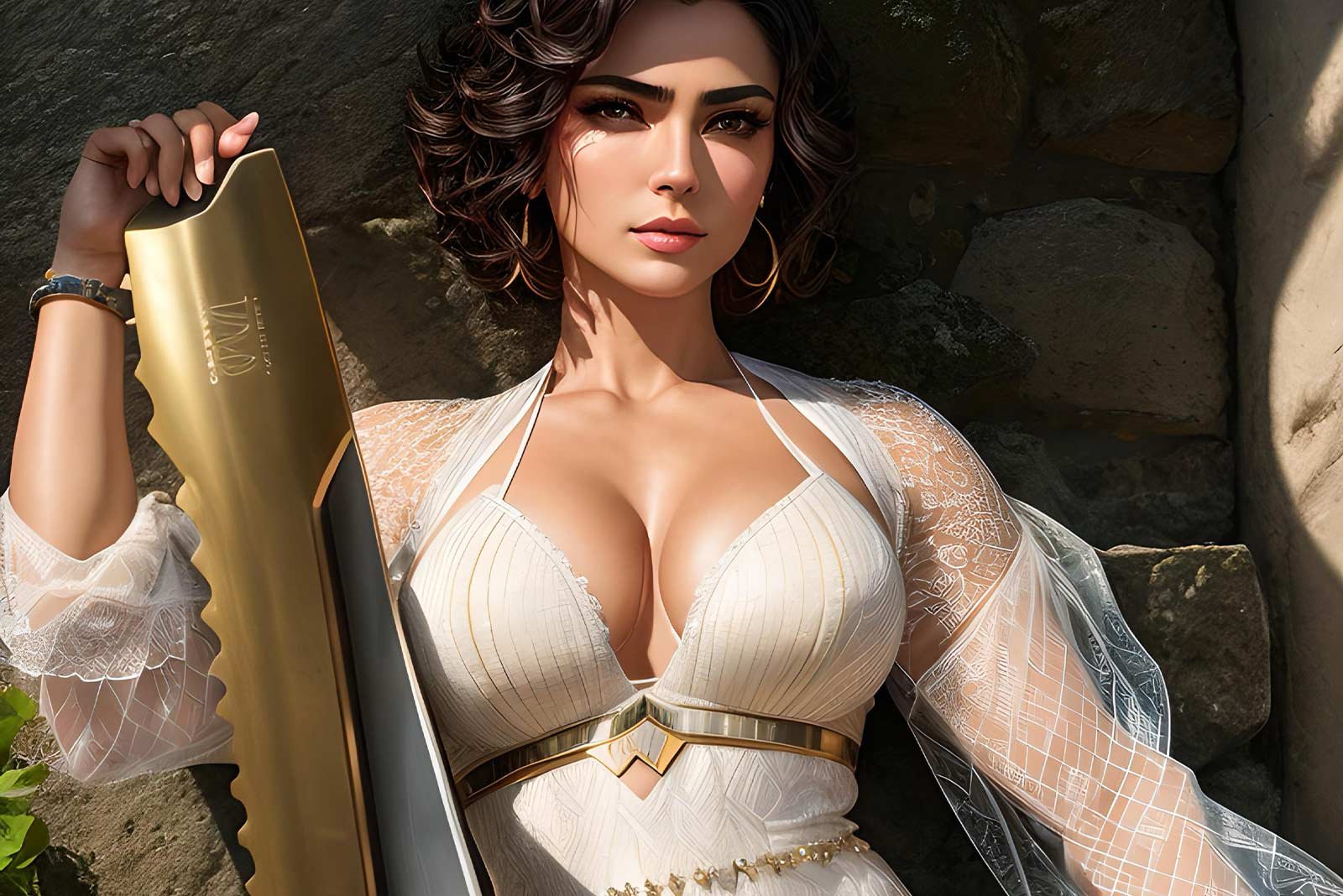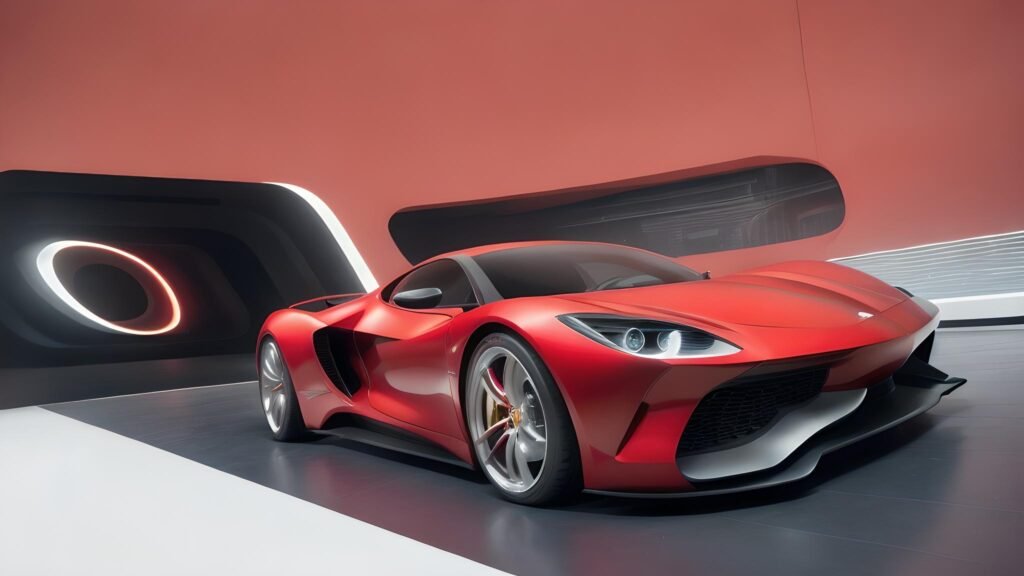
Artificial intelligence (AI) has made significant advancements in various fields, and art design is no exception. With the ability to analyze data, learn from it, and generate creative outputs, AI has become an invaluable tool for art designers. In this blog post, we will explore the role of artificial intelligence in art design and how it is revolutionizing the creative process.
Enhancing Creativity
AI algorithms can analyze vast amounts of data, including images, colors, shapes, and patterns, to identify trends and generate unique ideas. By leveraging machine learning techniques, AI can assist art designers in exploring new artistic possibilities and pushing the boundaries of creativity. It can offer suggestions, generate alternative designs, and provide inspiration based on the analysis of existing artworks.
Moreover, AI-powered tools can automate repetitive tasks, such as resizing images, applying filters, or creating patterns, allowing artists to focus more on the conceptual and expressive aspects of their work. This streamlining of routine tasks not only saves time but also enables artists to experiment and iterate more freely, leading to more innovative and impactful designs.
Collaborative Artistic Process
AI can also facilitate collaborative art projects by enabling artists to work together remotely. Through cloud-based platforms, artists can share their work, provide feedback, and collaborate in real-time, regardless of their physical location. This opens up new possibilities for cross-cultural collaborations and the exchange of ideas, fostering a more diverse and inclusive art community.
Additionally, AI algorithms can analyze the style and characteristics of different artists’ works and generate hybrid designs that combine elements from multiple sources. This synthesis of artistic styles can lead to the creation of unique and thought-provoking artworks that transcend individual artistic boundaries.
Exploring New Aesthetics
AI algorithms can learn from existing art movements and styles and generate new aesthetics that challenge traditional norms. By analyzing the works of renowned artists, AI can identify underlying patterns and create novel designs that blend different artistic influences. This allows art designers to explore uncharted territories and create visually stunning and intellectually stimulating artworks.
Furthermore, AI can assist art designers in experimenting with different color palettes, compositions, and visual elements. By generating alternative versions of a design, AI can help artists evaluate different possibilities and make informed decisions about the final artwork.
Ethical Considerations
While AI offers numerous benefits to art design, it also raises ethical considerations. As AI algorithms become more sophisticated, there is a risk of over-reliance on AI-generated designs, potentially stifling human creativity and originality. It is essential for art designers to strike a balance between leveraging AI as a tool and preserving their unique artistic vision.
Moreover, the use of AI in art design raises questions about authorship and ownership. Who should be credited as the creator when AI is involved in the creative process? These ethical dilemmas necessitate a thoughtful and ongoing dialogue within the art community to ensure fair recognition and protection of artists’ rights.
The Future of Art Design
Artificial intelligence continues to evolve and expand its capabilities, presenting exciting opportunities for the future of art design. As AI algorithms become more sophisticated and better integrated into the creative process, we can expect to see even more groundbreaking and innovative artworks.
However, it is crucial to remember that AI is a tool that should complement and enhance human creativity, rather than replace it. The unique perspective, emotions, and experiences that humans bring to the artistic process are irreplaceable and essential for the creation of meaningful and impactful art.
In conclusion, artificial intelligence is revolutionizing art design by enhancing creativity, facilitating collaboration, exploring new aesthetics, and raising ethical considerations. As AI continues to advance, it is up to art designers to harness its potential responsibly and ensure that human creativity remains at the heart of the artistic process.










Average Rating